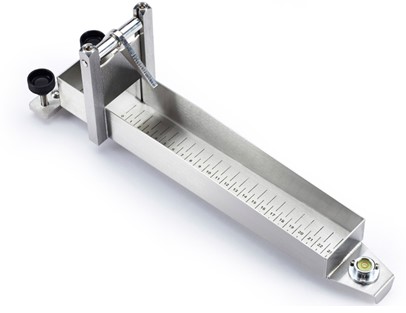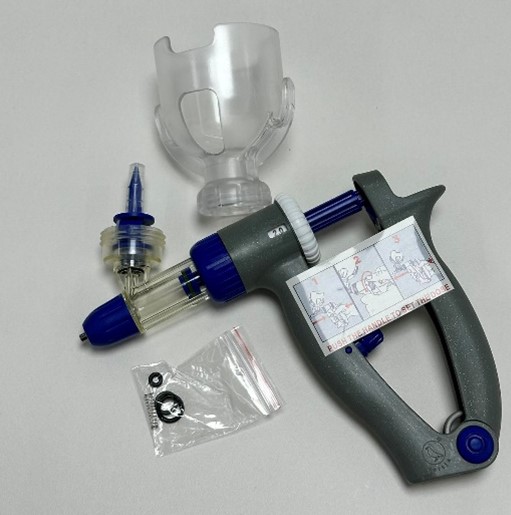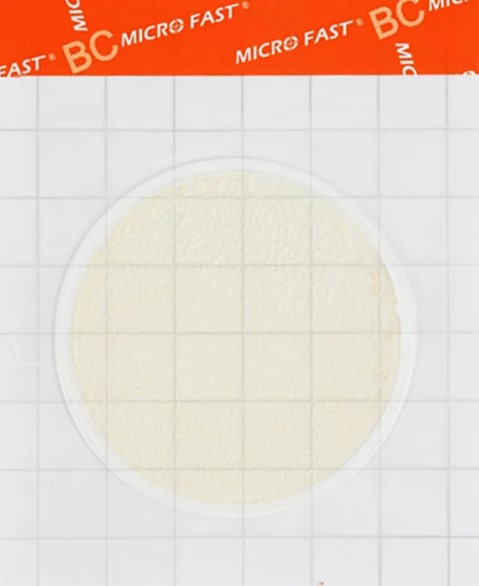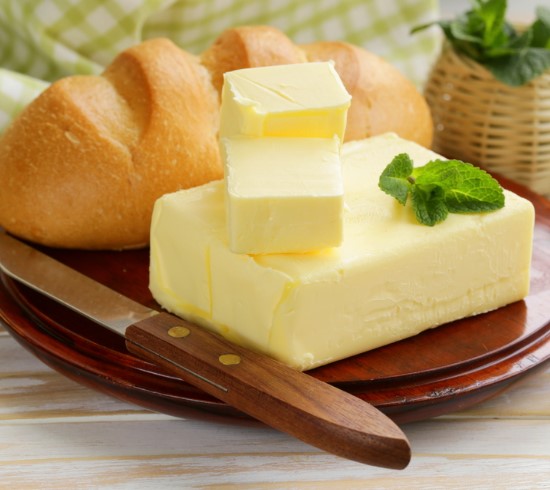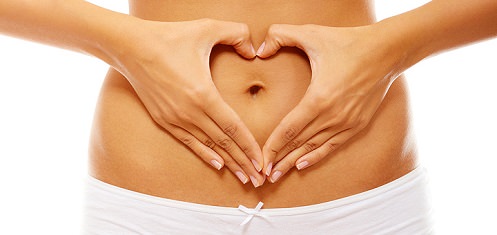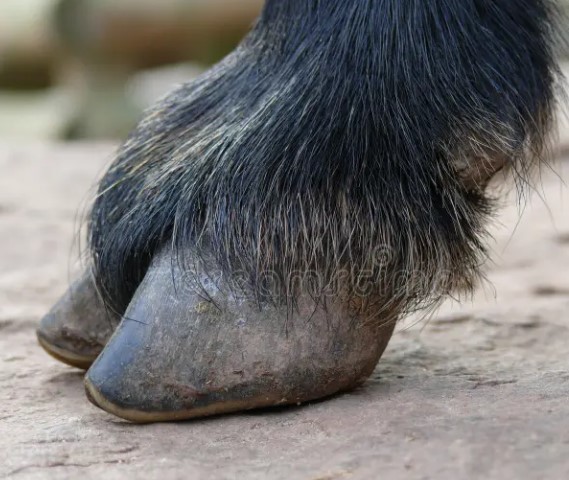Cow's mastitis
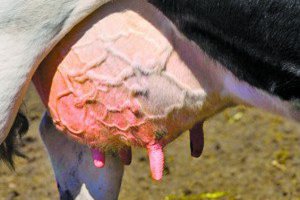
Photo is illustrative in nature. From open sources.
Udder mastitis in cows is the number one problem in modern dairy farming. Mastitis causes serious economic damage to the entire industry. Because of mastitis, Milk yield drops dramatically. In addition, milk from sick animals is prohibited for consumption. On some farms, mastitis can affect up to 35% of animals at once.
Until recently, mastitis in cows was treated only with antibacterial therapy. But the antibiotic treatment had a significant disadvantage: antibacterial drugs tend to accumulate in the animal cells. The presence of antibiotics is also found in milk, making IT unsuitable for the food industry. Therefore, it used to be necessary to wait 5-6 days after the recovery of the animal to start a full collection of milk. Now there are faster and more complex ways to cure mastitis in cows.
Causes and symptoms of mastitis in cows
The main causes of mastitis in cows are: genital diseases, raw bedding, udder contusions, draughts, violation of milking rules, unsanitary conditions of the animal.
If the animal is kept in poor conditions, microbes from the skin and dirty bedding penetrate into the udder. Mastitis is more likely to develop if the udder nipples or skin is damaged.
Acute mastitis in cows is very easy to diagnose: there are clots of protein in the milk (often with blood impurities), the udder becomes hot, swollen and painful, and the animal becomes sluggish. Temperatures increase and appetite decrease. Udder swelling often spreads to neighbouring tissues and abscesses begin. Udder gangrene can develop, which often leads to the death of the animal. However, in 95% of cases, cow mastitis is chronic. The fat content of the milk becomes lower in this case. Milk acquires a heterogeneous watery consistency. It visualizes clots and flakes. Sometimes the appearance of milk is quite satisfactory, but when palpation of the udder of the cow is determined by seals, which indicate a chronic inflammatory process inside the mammary gland.
Cow mastitis
The following types of mastitis in cows are distinguished by their severity and clinical picture:
- Subclinical mastitis. Without special tests, it is difficult to determine the disease. Inflammation of the mammary gland runs unnoticed, and the milk has a normal appearance. The hidden mastitis in cows is not diagnosed by external symptoms. To make a precise diagnosis, it is necessary to count somatic cells and analyze the flora, which is released along with the milk from the udder of the animal. If no subclinical mastitis is detected in time, the disease will turn into clinical mastitis in a few months. Depending on the pathogen, which may cause subclinical mastitis, this disease is found in herds in 2-10 times the proportion of clinical mastitis;
- Acute serous mastitis. Serous mastitis in cows can develop immediately after calving. In this case, the cow has redness, swelling and swelling of the udder. The affected part of the breast becomes dense and hot. Mastitis in the cow after calving reduces milk yield. Milk becomes watery, heterogeneous and may contain white flakes;
- Catarrhal mastitis. Cow's catarrhal mastitis can develop throughout the lactation period, but more often than not during the first weeks of milking. In this case, only one quarter of the breast starts to get inflamed. The udder looks healthy. The udder and nipples are often not affected by noma. However, on 3-5 days of mastitis at the base of the nipple can be found small, pea-sized nodules. Sometimes nodules near the nipple may reach the size of a pigeon egg. They are formed because of clogging of the ducts with milk clots. The general condition of the animal is quite satisfactory. Milk yield decreases and the milk itself becomes more liquid and may contain casein flakes. Sometimes there are clots in the milk that can hardly pass through the teat canal;
- purulent mastitis. Pushy mastitis in cows is characterized by an increase in the volume of the affected part of the udder. It is painful and has a higher temperature. Milk becomes watery, brackish and yellowish due to pus impurities. The animal becomes sluggish, refuses to eat. The cow's body temperature can rise up to 40-41 degrees;
- Clinical mastitis. Clinical mastitis in cows is noticeable without laboratory tests. Milk is released in lumps and flakes, making it unsuitable for consumption. The clots present in the milk are formed by casein, leukocytes and epithelium. Despite the pronounced signs, mastitis is not very acute. With moderate mastitis udder becomes painful, swollen and hard. Increases the temperature of the part of the breast where there is an inflammation. Udder swelling develops due to clogging by clots of milk ducts, which prevent the free flow of milk from the alveoli. If mastitis is not treated, clinical signs become more pronounced. The inflammation spreads to all udders and abscesses can develop;
- Hemorrhagic mastitis. Hemorrhagic mastitis in cows is an acute udder inflammation, which is characterized not only by the release of pus, swelling and redness of the breast in the cow, but also by hemorrhages in the thickness of tissues, milk ducts and lumen of the alveoli. Hemorrhagic mastitis is one of the most complicated forms of catarrhal mastitis. The disease often occurs in the first days after calving. Half of the udder is affected at once.
- Hemorrhagic mastitis causes an increase in local temperature and udder swelling. The skin is covered with purple spots. The cow's milk becomes watery, reddish and contains casein flakes. When the cow is examined, she is in a depressed state, characterized by sluggishness, reduced appetite and increased body temperature. The nipples become swollen and swollen, and the affected part of the udder - increased and dense. Milk yield is reduced even from healthy parts of the udder;
- Fibrous mastitis. Fibrous mastitis in cows is accompanied by an increase in the volume of the affected part of the udder. Determination of mastitis in cows is carried out in a tactile way. When touched, there is a feeling of compaction and painfulness in the mammary gland. Body temperature can increase up to 40-41 degrees. The animal has no appetite. Yield from the first days of the disease is sharply reduced. Crumbs and clots of yellow color are found in milk. Milk becomes yellow-green because of the presence of pus. In 3 days after the beginning of the disease lactation stops. When milking, only the serum and a small part of pus are secreted. Even with timely treatment, lactation does not fully recover;
- purulent-catarrhal mastitis. Purulent-catarrhal mastitis in cows is accompanied by a stop of lactation or a sharp decrease in milk yield. Milk is not released from the affected breast area at all or it becomes salty, bitter and watery. There are clots in the milk. Milk often gets a reddish shade. The temperature in the mammary gland rises. The affected quarter of the udder becomes swollen and reddish. The elevated lymph node becomes enlarged. The animal has no appetite, and breathing and pulse rate increase. After a while, the body temperature rises to 40-41 degrees Celsius. After 4 days, the symptoms of acute illness become weaker. Acute mastitis passes or becomes chronic;
- Chronic mastitis. In chronic mastitis, milk is usually normal in cows. Inflammatory process runs unnoticed. The number of pathological bacteria decreases. But even if somatic cells are reduced, udder infection can continue for a long time. Untreated infections can cause not only inflammation, but also re-growth of somatic cells.
Treatment of mastitis in cows
Mastitis affects not only the udder, but the animal as a whole. Therefore, treatment of mastitis in cows should be aimed at eliminating the infectious process with the help of antibiotics, improving the general condition of the animal, increasing immunity and preventing recurrence of mastitis. From this point of view, comprehensive therapy is the most appropriate.
In the case of acute mastitis, the breast should be free of bacteria as soon as possible. For this purpose, you should perform pumping every 2 hours. In order to mobilize the animal's defenses, it is recommended to irrigate the surface of the affected udder 5 times a day with cold water to cause hyperemia. Each time after the procedure, milk should be thoroughly poured and the udder massaged by shaking or stroking towards the nipples.
Some specialists inject potassium permanganate (1:300-500), lactate etacridine, 2% streptocide and 1-3% ichthyol into the udder. It is not necessary to administer mastitis preparations in cows under pressure and more than 250 ml at a time, as it can contribute to the spread of microbes in healthy slices. Irrigation is carried out 2-3 times a day with the help of a milk catheter, which in turn connects to the syringe, rubber tube with a funnel or Beaver's apparatus.
After infusion of the solution, the udder is slightly massaged. This massage is necessary to ensure that the solution spreads more quickly over the tissues of the affected quarter. The cow's mastitis medicine is left in the mammary gland for several hours and then the udder is pumped every hour.
Autolactotherapy has a positive effect on the treatment of mastitis. In this case, subcutaneous injections of sterilized secretion from the patient's quarter are performed. The secret is administered in small portions of 5-10 ml every 48 hours. At the same time, autolactotherapy is combined with infusion of two percent sodium chloride or salt-sodium solution into the breast. After infusion, the udder is massaged and the solution is left in the udder for 40 minutes, and then pumping is performed every two hours.
It is also recommended to administer intravenously 300-400 ml of a 1% streptocide solution with equal intervals of 24-48 hours or in a smaller volume (50-100 ml) every 5 hours in combination with frequent compression.
Today, there is a rich material on treatment of mastitis in cows with antibiotics. Some drugs can be used for 2-3 days. The drug quickly penetrates the cells and concentrates in them for 7 days. However, in the case of purulent chronic mastitis, when there are connective tissue ruptures with the obliteration of the dairy passages and develop udder parenchyma atrophy, treatment with antibiotics does not have any effect. The affected part of the gland is not restored, and serves as a provocative factor in the spread of microbes on all the udders of the sick cow. In this case, it is advisable to inject 200 ml of 1% liapis solution or 100 ml of 5% iodine solution into the mammary gland.
Cow mastitis prophylaxis
A set of preventive measures to prevent mastitis in cows includes
- Strict selection and training of livestock workers;
- Proper arrangement of dairy complexes and farms;
- Organization of correct keeping and feeding of animals;
- Strict observance of milking and animal care rules;
- Maintenance of the barn and timely cleaning of adjacent territories;
- Regular inspection of cows by a veterinarian;
- Timely identification of diseases of the digestive system and the reproductive system of animals, as well as their timely treatment;
- Prevention and treatment of breast edema in the prenatal and mammary period;
- Constant selection and genetic work aimed at increasing the resistance of cows to mastitis of different etiologies;
- Observance of personal hygiene rules by the staff.
Remember - mastitis can always be avoided!
Read together with it:
- Livestock exports from Russia have increased significantlyOver the past three months, Russia has significantly increased its exports of livestock and Meat products. The growth in shipments of live animals, lamb, goat meat and finished meat products is especially noticeable. The supply of food by-products has also increased. Export of poultry, pork and dair...
- The President on the creation of a unique Belarusian breed of cows: everything should be like the ownerApril 16, Minsk . Chairman of the Presidium of the National Academy of Sciences Vladimir Gusakov spoke about the role of science in the agricultural sector, speaking at a meeting with the President on rural development and increasing the efficiency of the agricultural sector, BELTA correspondent rep...
- В Тверской области предприятия производили опасную продукциюИз них 5 предостережений объявлено юридическим лицам, являющимся производителями продукции животного происхождения и осуществляющим деятельность в Вышневолоцком, Конаковском, Бологовском районах и г. Твери. Предостережения выданы в связи с тем, что по результатам лабораторных исследований, проведенн...
- Удмуртия увеличила экспорт молочной и некоторых видов мясной продукции в 2,6 раз1,3 тыс. тонн молочной продукции, включая ультрапастеризованное и сухое обезжиренное молоко, отправили в Китай, Узбекистан, Египет, Бангладеш и Грузию с начала 2024 года. В Монголию экспортировали 120 тонн шкурок, шпика и свиных щековин. На территории Удмуртии проверили отправку 50 тонн сухой молочн...
- Kochanova visited the production shops of the Glubokoe MCCOn April 15, the Chairman of the Council of the Republic of the National Assembly, Natalya Kochanova, visited the Glubokoe Milk Canning Plant OJSC, where she got acquainted with the process of producing condensed milk and packaging products. In addition to getting acquainted with the production faci...
- "Он эти вопросы решает". Латыш о подходе в руководстве страной Лукашенко и его активностиСоломон Бернштейн.Скриншот видео Новости темы 15 апреля, Минск. В проекте "Честный рассказ" на YouTube-канале БЕЛТА латыш Соломон Бернштейн высказал мнение, какие вопросы важны для граждан в повседневной жизни, а также поделился мыслями том, какого подхода в управлении государством придерживается Пр...
- Food prices in Russia and their changes for the week and month, data as of April 8, 2024AB-Center analyzed price dynamics for 43 food products. During the week, price strengthening was observed for 33 goods, weakening - for 10 goods. Over the month, prices increased by 34 goods and decreased by 9 goods. Change in food prices over the week Food products that have increased in price over...
- Меры Россельхознадзора приняты в отношении восьми компаний в связи с выявлением несоответствий в гибридной продукцииThe Service introduced temporary restrictions regarding Rusmoloko LLC ( Stavropol Territory ). The company re-supplied butter adulterated with fats of non-dairy origin to the wholesale and retail base and to the store of one of the retail chains in the Karachay-Cherkess Republic. This violation was ...
- “This position is for life. What kind of democracy is there?” Latvian compared Europe and BelarusSolomon Bernstein. Video screenshot News topic April 12, Minsk . In the “Honest Story” project on the BELTA YouTube channel, Latvian Solomon Bernstein expressed his opinion about the events in Belarus in 2020, as well as about living conditions in Europe. Discussing the events of 2020 in Belarus, So...
- Объемы экспорта молочной и мясной продукции из Удмуртской Республики увеличились почти в 3 разаТак, 9 апреля 2024 года Управлением Россельхознадзора по Кировской области, Удмуртской Республике и Пермскому краю на территории Удмуртии проконтролирована отправка 50 т сухой молочной сыворотки в Китай. Продукция была признана безопасной в ветеринарно-санитарном отношении и соответствовала требован...









